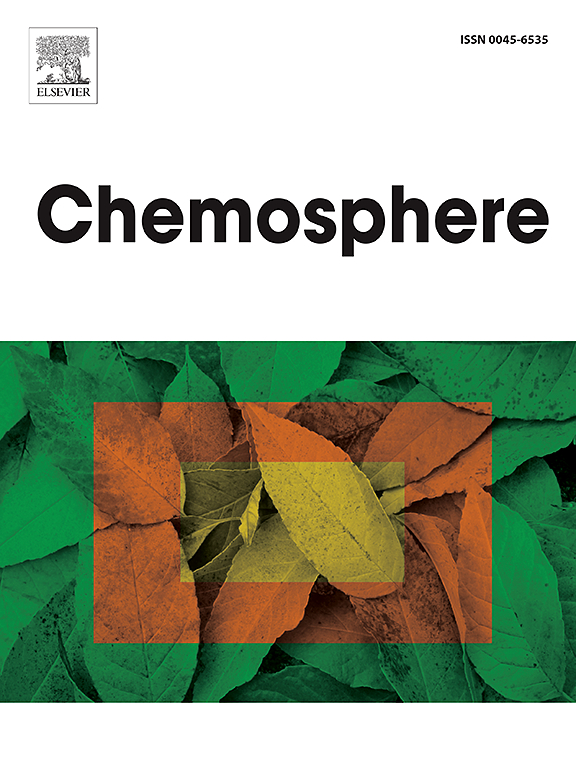Indoor environments: Evaluating air quality in Ulaanbaatar's traditional gers
IF 8.1
2区 环境科学与生态学
Q1 ENVIRONMENTAL SCIENCES
引用次数: 0
Abstract
Ulaanbaatar (capital of Mongolia) is struggling with serious air pollution. In the so-called ger districts of the city, approximately 60 % of the population live in traditional Mongolian dwellings called gers, mostly relying on coal for winter heating. This study investigates PAH concentrations and associated health risks in 6 gers situated in the Songinokhairkhan district. The majority of the gers (5 out of 6) were characterized by the dominance of higher molecular weight, 5-and 6-ring-PAHs. In two of the sampled gers (G3 and 4), total PAHs concentrations were extremely high, reaching 38700 μg/g and 36200 μg/g. Using a Gradient Boosting Machine algorithm, we identified key PAHs—pyrene, benzanthracene, and phenanthrene—as primary indicators distinguishing gers with high (G2-4) versus low (Gers1, 5, and 6) air PAH levels. Incremental Lifetime Cancer Risk (ILCR) assessments for both adults and children revealed that Gers 3 and 4 present the highest PAH-related cancer risks, with benzo(a)pyrene contributing substantially. Principal Component Analysis (PCA) further underscored distinct PAH profiles across the sites, and a dissimilarity matrix identified significant variation, particularly between Gers 4 and 5. Additionally, decision tree analysis highlighted Ger 4 as having the most distinct PAH characteristics. The combination of high altitudes, cold continental climate, and reliance on combustion within these gers emphasizes the potential for persistent pollutant buildup, particularly during winter. Our results underscore the urgent need for interventions in Mongolia and similar Central Asian regions, where indoor air quality is severely affected by traditional heating practices, contributing to elevated long-term health risks.

求助全文
约1分钟内获得全文
求助全文
来源期刊

Chemosphere
环境科学-环境科学
CiteScore
15.80
自引率
8.00%
发文量
4975
审稿时长
3.4 months
期刊介绍:
Chemosphere, being an international multidisciplinary journal, is dedicated to publishing original communications and review articles on chemicals in the environment. The scope covers a wide range of topics, including the identification, quantification, behavior, fate, toxicology, treatment, and remediation of chemicals in the bio-, hydro-, litho-, and atmosphere, ensuring the broad dissemination of research in this field.
 求助内容:
求助内容: 应助结果提醒方式:
应助结果提醒方式:


